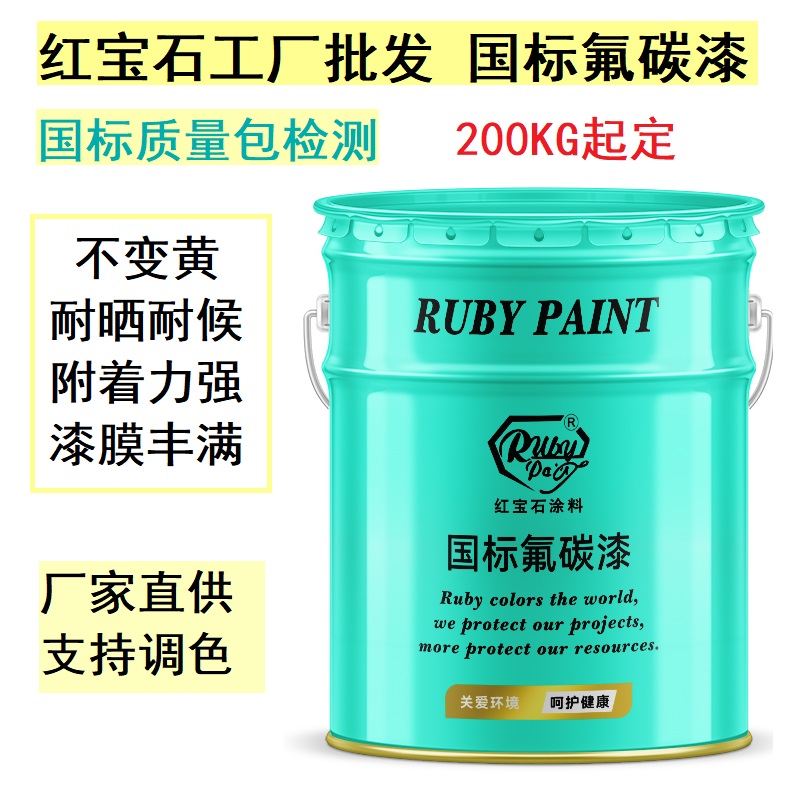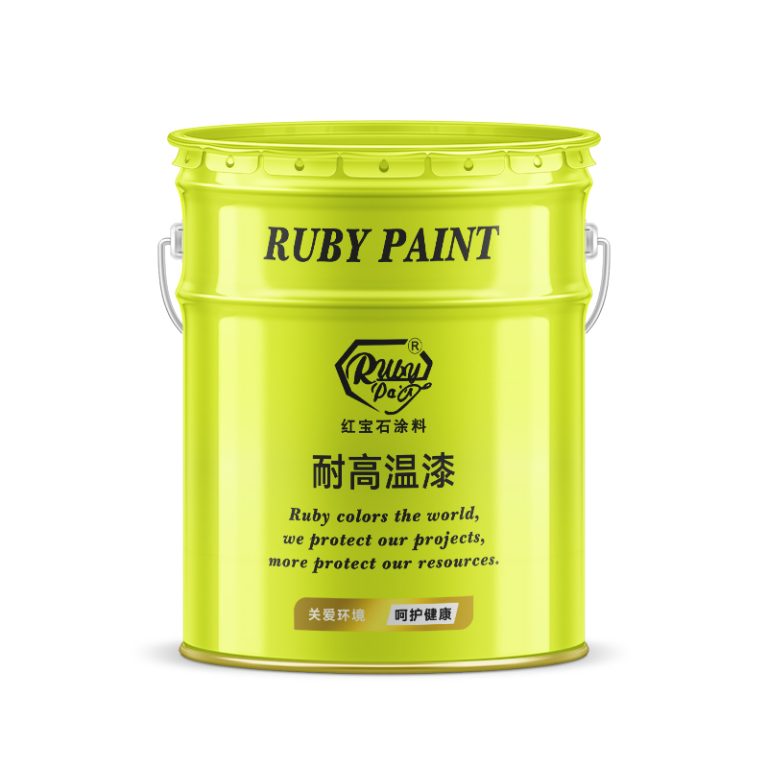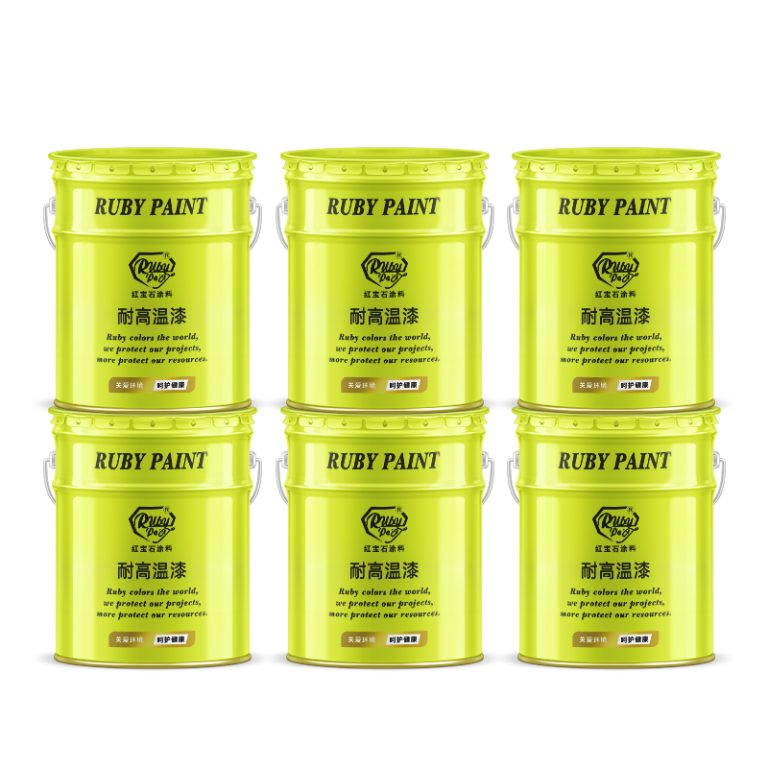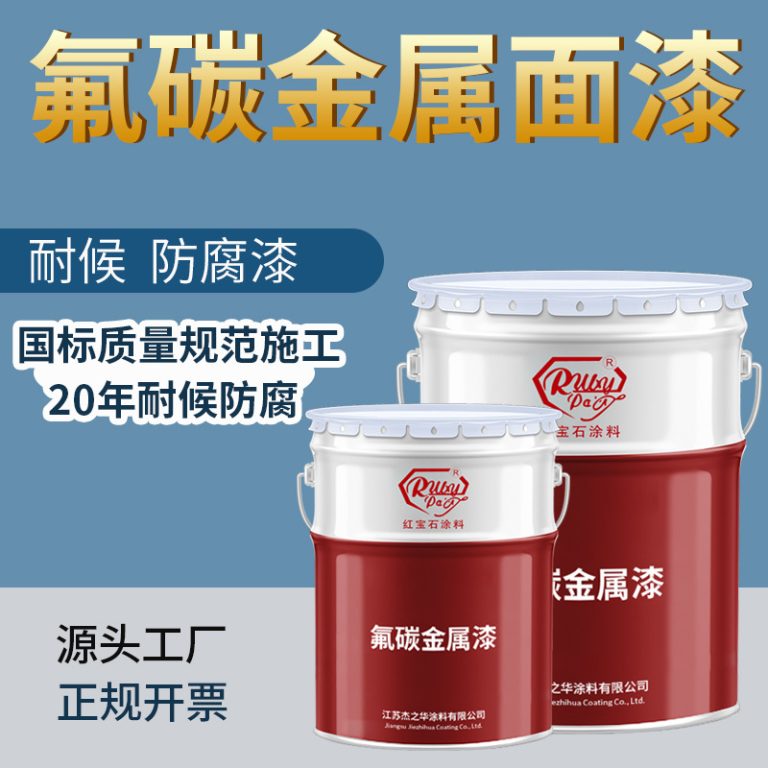Table of Contents
Techniques For Painting Over Kynar Finish
Kynar finishes, also known as PVDF (polyvinylidene fluoride) coatings, are highly regarded for their exceptional resistance to weathering, chalking, and fading. These finishes are commonly used on architectural metal components, such as aluminum siding, window frames, and metal roofing, providing a durable and long-lasting protective layer. However, there may come a time when a change in color or appearance is desired, prompting the question: Can you paint over a Kynar finish?
| Serial No. | Products |
| 1 | Epoxy Zinc rich paint |
The answer is yes, but it requires careful preparation and the right techniques to ensure a successful outcome. Painting over a Kynar finish is not as straightforward as painting over other types of surfaces, due to its non-porous and slick nature. This characteristic makes it challenging for new paint to adhere properly, which could lead to peeling or flaking over time if not addressed correctly.
The first step in painting over a Kynar finish is to thoroughly clean the surface. Any dirt, grease, or contaminants must be removed to improve the adhesion of the new paint. A mild detergent mixed with water can be used for this purpose, followed by a thorough rinse with clean water to eliminate any soap residue. Once the surface is clean and dry, the next step is to lightly sand the area. This creates a slightly rough texture, providing “tooth” for the new paint to grip onto. It is important to use fine-grit sandpaper to avoid damaging the underlying Kynar finish.
After sanding, it is crucial to apply a high-quality primer that is specifically formulated for use on non-porous surfaces. This type of primer will enhance the adhesion of the topcoat to the Kynar finish. When selecting a primer, it is advisable to consult with a paint professional or refer to the manufacturer’s recommendations to ensure compatibility with both the Kynar finish and the new paint.
| Nr. | Product |
| 1 | Fluoracarbon finish paint |
Once the primer has been applied and allowed to dry according to the manufacturer’s instructions, the next step is to apply the topcoat. For best results, use a high-quality acrylic or urethane-based paint, as these types of paints offer good flexibility and adhesion properties. It is important to apply the paint in thin, even coats, allowing sufficient drying time between each coat. This method helps to prevent the paint from sagging or running, which could compromise the final appearance.
In addition to these technical considerations, it is also important to take into account the environmental conditions during the painting process. Ideal conditions include low humidity, mild temperatures, and minimal wind. These factors help ensure that the paint dries evenly and cures properly, reducing the risk of defects in the finish.
In conclusion, while painting over a Kynar finish is possible, it requires meticulous preparation and attention to detail. By following the steps outlined above—cleaning, sanding, priming, and painting with the appropriate products—you can achieve a durable and aesthetically pleasing result. However, given the complexities involved, it may be beneficial to consult with or hire a professional painter who has experience working with Kynar finishes. This approach can help ensure that the project is completed successfully and that the new paint adheres well, maintaining its appearance for years to come.
Best Paints To Use On Kynar Finish Surfaces
Kynar finishes are renowned for their durability and resistance to weathering, making them a popular choice for exterior surfaces such as metal roofs, siding, and window frames. However, there may come a time when you want to refresh or change the color of a Kynar-coated surface. The question then arises: can you paint over a Kynar finish? The answer is yes, but it requires careful consideration of the type of paint used to ensure proper adhesion and longevity.
When selecting paint for a Kynar-coated surface, it is crucial to choose a product that is specifically formulated to adhere to fluoropolymer substrates, which is the base of Kynar finishes. These specialized paints are designed to create a strong bond with the Kynar coating, preventing peeling, flaking, or fading over time. One of the most effective types of paint for this purpose is a 100% acrylic latex paint. This paint type offers excellent adhesion properties and flexibility, which are essential for withstanding temperature fluctuations and environmental conditions without cracking.
In addition to acrylic latex paints, another suitable option is urethane-modified acrylic paint. This paint combines the durability of urethane with the flexibility and ease of application of acrylic latex. Urethane-modified acrylic paints provide a tough, long-lasting finish that resists chalking and fading, making them an ideal choice for painting over Kynar finishes.
It is also important to consider the sheen of the paint when painting over a Kynar finish. A higher sheen, such as semi-gloss or gloss, will generally offer better resistance to dirt, moisture, and UV rays, which can help preserve the appearance and integrity of the paint over time. However, the choice of sheen may also depend on aesthetic preferences and the specific application.
Before applying paint to a Kynar-coated surface, proper surface preparation is essential to ensure optimal results. The surface should be thoroughly cleaned to remove any dirt, grease, or contaminants that could interfere with paint adhesion. A mild detergent solution can be used for cleaning, followed by a rinse with clean water to remove any residue. Once the surface is clean and dry, it is advisable to apply a primer that is compatible with both the Kynar finish and the topcoat paint. A primer will further enhance the adhesion of the paint and contribute to a more uniform and durable finish.
When painting over a Kynar finish, it is also important to follow the manufacturer’s recommendations for application methods and conditions. Generally, it is best to apply paint during mild weather conditions, avoiding extreme temperatures or high humidity, which can affect the drying and curing process. Using high-quality brushes, rollers, or sprayers can also help achieve a smooth, even application.

In conclusion, painting over a Kynar finish is possible and can be successful if the right type of paint is used and proper preparation and application techniques are followed. By choosing a paint that is specifically formulated for fluoropolymer substrates, such as 100% acrylic latex or urethane-modified acrylic, and by carefully preparing the surface and applying the paint under suitable conditions, you can refresh and enhance the appearance of Kynar-coated surfaces with confidence.





